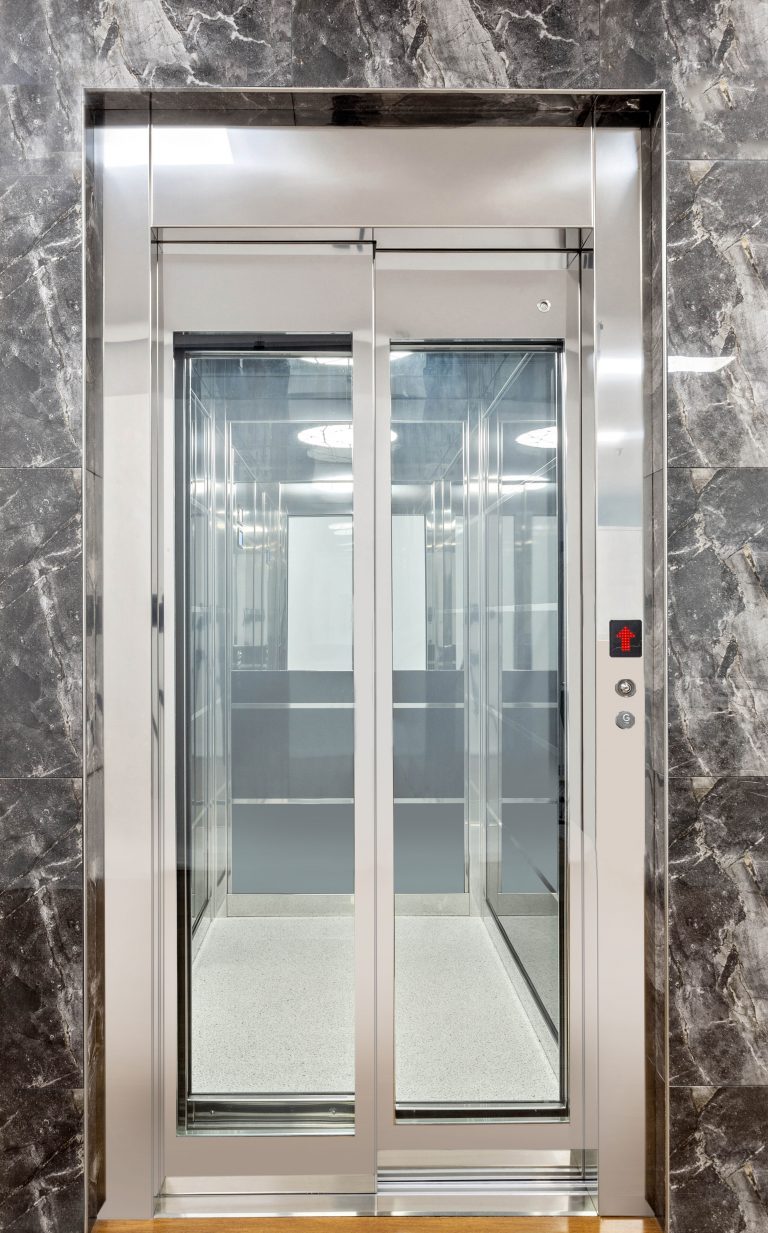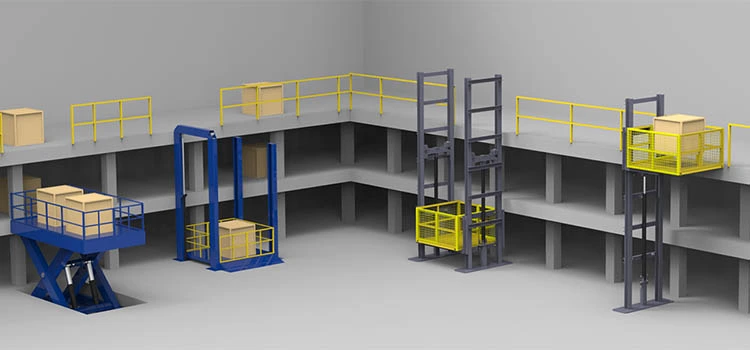Discover the most effective Disabled Platform Lifts Prices UK for Residential and Commercial Usage
Discover the most effective Disabled Platform Lifts Prices UK for Residential and Commercial Usage
Blog Article
Delving Into the Globe of Lifts: Common Issues Encountered by Numerous Lift Mechanisms
As we browse with the vertical transportation systems of modern-day structures, elevators stand out as an essential part of our everyday lives. From hydraulic lifts to traction systems and machine-room-less layouts, each lift kind comes with its set of usual concerns.
Hydraulic Elevators
Hydraulic elevators, usually liked for low-rise structures, use fluid pressure to regulate the motion of the lift auto (lift repair companies). This mechanism includes a hydraulic pump pressing oil right into a cylinder, creating the elevator to relocate the desired instructions. While hydraulic lifts are recognized for their silent and smooth operation, they do include their own collection of usual issues
One prevalent trouble with hydraulic lifts is oil leakage. Furthermore, concerns with the control system, such as faulty valves or a malfunctioning pump, can cause interruptions in the elevator's motion.
Normal upkeep and timely repair work are crucial to ensure the smooth functioning of hydraulic lifts. By dealing with these typical concerns proactively, building proprietors can reduce downtime and ensure the security and performance of their vertical transport system.
Grip Lifts
When taking into consideration upright transport systems in buildings, another typical kind aside from hydraulic elevators is the traction lift. Traction lifts operate utilizing a system of ropes and counterweights that relocate the elevator vehicle by clutching onto the hoist ropes. This device permits smoother and much faster upright transportation contrasted to hydraulic systems.
One of the common problems encountered by traction lifts is rope wear. The consistent activity of the ropes within the grip system can bring about tear and use in time, possibly causing the elevator to breakdown or end up being hazardous for use. Normal inspections and upkeep of the ropes are important to ensure the lift's appropriate performance and safety and security.
Another problem that grip elevators may run into is associated with the control system. Issues with the control system can bring about concerns such as unpredictable motion, hold-ups in reaction times, or even full shutdowns. Routine testing and upkeep of the control system are critical to avoid such concerns and make sure the elevator's reliability.
Machine-Room-Less (MRL) Elevators

One of the key components of MRL elevators is the small gearless traction equipment that is mounted within the hoistway. This device effectively drives the lift vehicle without the demand for bulky tools located in standard grip elevators. Furthermore, MRL lifts generally utilize a counterweight system to balance the vehicle, further improving their power performance.
In spite of their benefits, MRL elevators might deal with difficulties associated to repair and maintenance because of the constrained space for devices installment. Ease of access for servicing elements within the shaft can be limited, requiring specialized training for professionals. Proper upkeep schedules and routine assessments are crucial to make sure the ongoing lift repair near me smooth procedure of MRL elevators.
Overloading and Weight Limit Issues
Are lifts equipped to manage excess weight loads efficiently and safely? Overloading and weight limit concerns are critical concerns in lift operations. Elevator suppliers design raises with particular weight capacities to ensure traveler safety and equipment durability. Exceeding these weight limits can lead to various problems, including mechanical failures, hold-ups, and safety and security dangers.
When elevators are strained, it puts excessive strain on the motor, wires, and other components, possibly creating break downs or breakdowns. If they detect excess weight, security devices such as sensors and overload sensors are in place to avoid elevators from moving. Furthermore, going beyond weight restrictions can result in increased energy consumption and damage on the elevator system.
To minimize overloading concerns, building managers ought to plainly present weight limits in lifts and inform passengers on the importance of adhering to these restrictions - lift repair companies. Routine upkeep checks by certified service technicians can likewise assist ensure that lifts are running within safe weight parameters. By dealing with overloading and weight restriction concerns proactively, structure proprietors can enhance lift security and efficiency
Electrical System Failures
Surpassing weight limitations in elevators can not just lead to mechanical issues but also potentially contribute to electric system failures within the lift infrastructure. Electric system failings are an important issue in lift operation, as they can cause unexpected closures, breakdowns, and even safety and security threats. One usual electric issue is the getting too hot of parts because of too much present flow brought on by overloading the lift past its capability. This can cause harm to the wiring, electric motor, or control systems, resulting in costly fixings and downtime.
Normal maintenance and inspections are essential to recognize and address possible electrical problems promptly, guaranteeing the efficient and risk-free procedure of elevator systems. By adhering to weight limitations and carrying out regular electrical system checks, structure owners can alleviate the danger of electric failings in lifts.
Verdict

Hydraulic elevators, commonly chosen for low-rise buildings, use fluid stress to manage the movement of the elevator car.When taking into consideration upright transportation systems in buildings, another usual kind apart from hydraulic elevators is the grip lift. Traction lifts run utilizing a system of ropes and counterweights that relocate the elevator automobile by gripping onto the hoist ropes. Unlike standard lifts that require a different machine space to house the tools, MRL elevators incorporate most of the elements within the shaft, eliminating the demand for a dedicated device room.In conclusion, elevators face typical problems such as hydraulic breakdowns, traction system failings, and electric system troubles.
Report this page